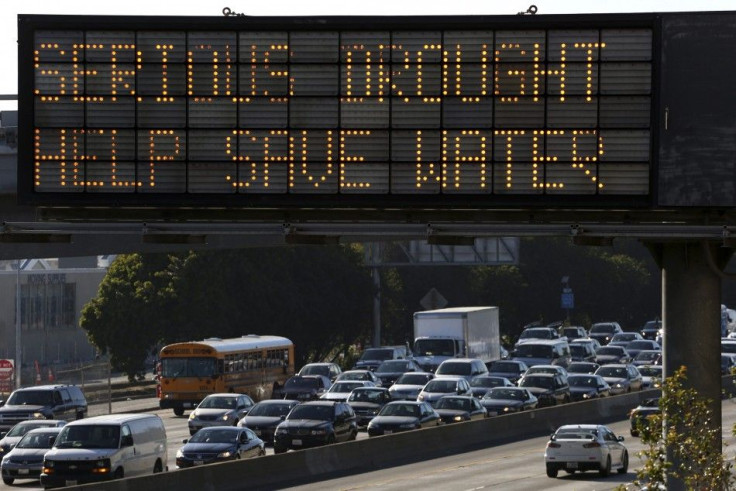Climate Change: Australia Advised to Brace for More Devastating Indian Ocean Weather Events; Expect More and Severe Drought, Bushfires, Floods

As the world awaits for the potential impacts of a looming El Niño in the Pacific Ocean, countries around the Indonesian archipelago have been advised to brace for more devastating Indian Ocean weather events that could bring more and severe drought, bushfires and floods to affected countries, Australia included.
A research from CSIRO Marine and Atmospheric Research published in the international journal Nature showed the Indian Ocean Dipole atmospheric phenomenon has been making a significant impact on rainfall in countries bordering the Indian Ocean.
Together with the brewing El Niño, this could exacerbate dry and hot conditions for large areas of Australia and other countries on the Indian Ocean.
Read: Climate Change: Countries that Contributed Less are Most Vulnerable; Top Three are Cambodia, Vietnam, Bangladesh; Australia is 31st Least Affected
"The Indian Ocean Dipole is a year-to-year see-saw pattern in surface temperature and rainfall across the tropical Indian Ocean," Agus Santoso, a senior research associate of the University of NSW's ARC Centre of Excellence for Climate System Science, said in a statement. "During a positive Indian Ocean Dipole phase, sea surface temperatures off Sumatra and Java in Indonesia are colder than normal. Meanwhile, off East Africa, surface waters are unusually warm. Like an El Niño, a positive Indian Ocean Dipole brings heavy rainfall to eastern parts of Africa and drought to countries around the Indonesian archipelago, including Australia. A negative Indian Ocean Dipole phase tends to do the opposite."
When an El Niño event combines with a positive Indian Ocean Dipole, rainfall declines are more widespread across Australia, and more intense, particularly in the southeast, he said.
And when a summer season was preceded by an [extreme positive] Indian Ocean Dipole, "our bushfires tend to be much more severe," Dr Wenju Cai from the CSIRO Marine and Atmospheric Research, told ABC News.
Read: Looming El Niño Forces Australia to Lower Down 2014-15 Wheat Production Forecast by 1%
Cai noted the Indian Ocean Dipole atmospheric phenomenon will not only affect Australia. It has global impact, he said. Like in Indonesia in 1997 where the positive Indian Ocean Dipole caused drought. "We had a wild bushfire in Indonesia ... emitting a lot of pollutants and smoke that caused health problems to many millions of people in the region and also cost lost economic activity because people couldn't go out because of the visibility problem."
Indonesia's smoke haze spread across Singapore, Malaysia and Thailand.
"It is not inconceivable that the drought along with the famine, riots and fires may have been one of the factors behind the political instability that brought down the Suharto government in 1998," Santoso said.
Read: Occurrence of El Niño 2014 Still on Track, Becomes Established by August
The positive Indian Ocean Dipole was likewise felt in eastern African countries "through devastating floods, which killed thousands and displaced many hundreds of thousands."
Cai advised the government of Australia and its people to brace for extreme weather events ahead.
"The extreme (positive IODs) will be more extreme," the SMH quoted Cai. "What we get as a moderate event now will become more extreme."
"Extreme IODs are bad for Australia," he said. "In fact any IOD is bad for Australia because they are very bad for rain."





















